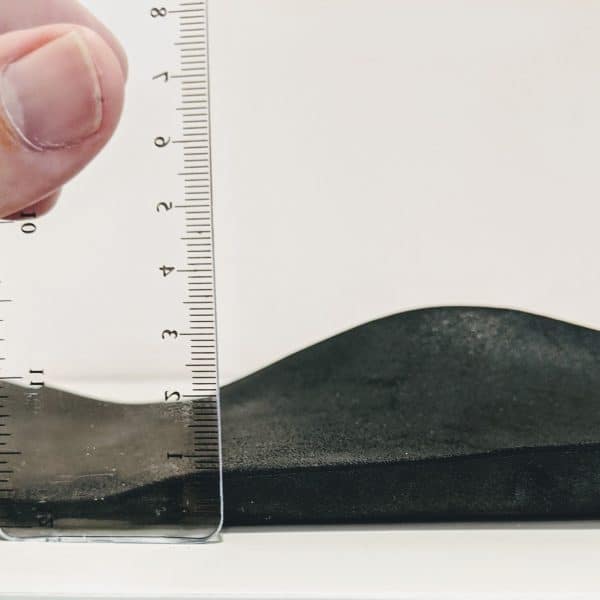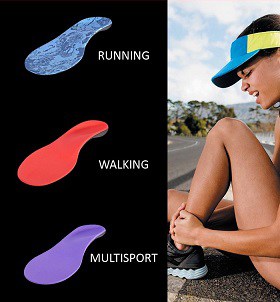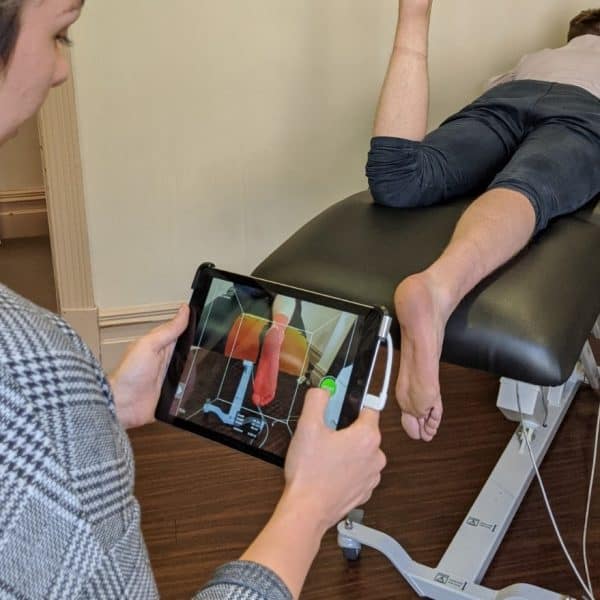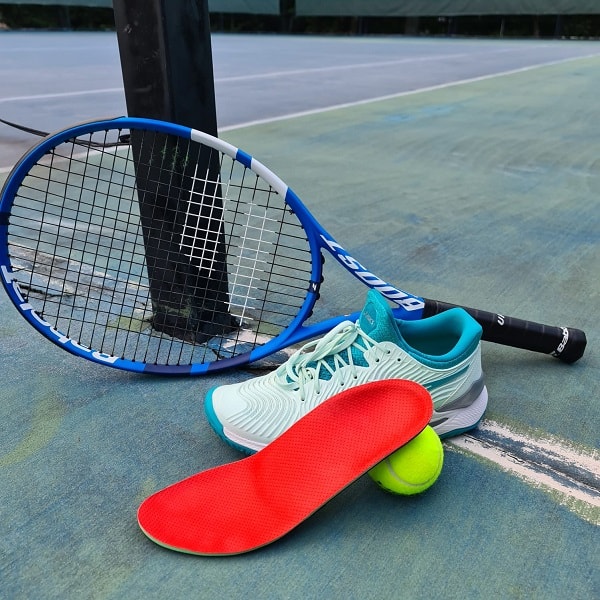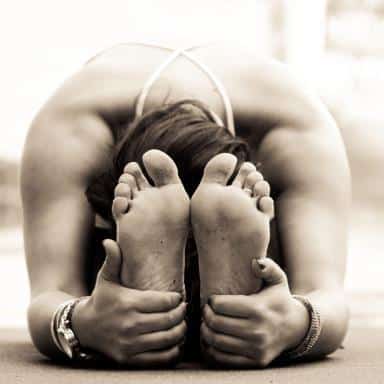There are often many questions surrounding foot orthotics. Our group of Adelaide Podiatrists have answered many of these questions over the last 35 years so we decided to put together a summary of the top 15 questions we’ve been asked about foot orthotics along with answers to those questions. Common questions include:
What are foot orthotics?
Foot orthotics, also known as orthotic inserts or shoe inserts, are devices placed inside footwear to provide support, alter alignment, reduce pathological forces and improve foot function. They are ultimately designed to alter or reduce harmful forces in an effort to help alleviate foot pain, address foot conditions, enhance biomechanics and improve overall foot and leg comfort.
 How do foot orthotics work?
How do foot orthotics work?
Foot orthotics work by providing additional support, stability, and alignment to the feet. They can help distribute body weight more evenly, improve foot posture, assist with managing biomechanical imbalances, and reduce excessive stress on certain areas of the feet and legs. Orthotics can also enhance shock absorption and provide cushioning, therby helping to reduce discomfort and helping to prevent further foot problems.
Correctly prescribed orthotics control forces acting upon the feet and legs and help to promote normal, healthy, pain free movement. Prescription orthotics should help to decrease damaging forces and improve gait efficiency, whether walking or running.
When orthotics work properly, the changes in ground reaction forces help to reduce fatigue and chronic overuse injuries. If orthotics are worn out or prescribed incorrectly, they can fail to produce the desired result. The feet and legs are very dynamic structures forever changing which is why orthotic function and efficiency should be reviewed regularly every 6 to 12 months.
By encouraging healthy movement, foot orthotics can help to relieve pain, improve balance and prevent injuries.
Where Can I Get Foot Orthotics in Adelaide?
The first step is to assess your individual needs. Our Initial Low or No Gap* Assessment involves a comprehensive client history, foot assessment, leg assessment, gait analysis, likely diagnosis and advice on potential pain solutions.
You can either BOOK ONLINE for an Initial Low or No Gap* Assessment or simply Call 8362 5900 to schedule an initial Low or No Gap* examination with one of our friendly staff.
Do I need a prescription to get foot orthotics?
A prescription from a healthcare professional, such as a podiatrist, is required to obtain custom made foot orthotics. However, various over-the-counter (OTC) generic arch supports have become available over the last few decades and can be purchased without a prescription from pharmacies or retail stores. These types of generic shoe inserts can be helpful in the short term but fail to address specific individual traits which can cause underlying pain and injury. This is why we suggest consulting with a healthcare professional to determine the most suitable option for your specific needs.
Can foot orthotics help with my specific foot condition or problem?
Foot orthotics can be beneficial for a wide range of foot conditions and problems, including flat hypermobile feet, high arches, plantar fasciitis, bunions, Achilles tendonitis, shin splints, knee pain and more. However, the effectiveness of orthotics may vary depending on the specific condition, the experience of the prescribing podiatrist and individual factors. It is important to consult with an experienced registered podiatrist for an accurate diagnosis and personalized recommendation.
How long do I need to wear foot orthotics?
The duration of foot orthotic usage depends on the individual and their specific needs. Some people may need to wear orthotics on a daily basis, while others may only require them during specific activities or for certain periods. Chronic conditions such as hypermobility and arthritis are just two examples which cannot be fixed with simple strengthening exercises alone. In these situations, orthotic therapy may be recommended as part of a long term treatment plan. Your podiatrist will provide guidance on how often and for how long you should wear your orthotics to achieve the desired benefits.
Can I use foot orthotics in any type of footwear?
Foot orthotics can generally be used in most types of footwear, including athletic shoes, casual shoes, dress shoes, and even some types of sandals. However, the design and thickness of the orthotics may influence the compatibility with certain shoe styles. In some cases, you may need to select footwear with a removable insole or a wider toe box to accommodate the orthotics properly.
Will foot orthotics cure my foot pain or condition completely?
Foot orthotics can help alleviate foot pain and improve foot conditions, but they may not necessarily act as a ‘magic bullet’ to cure them completely. Orthotics are just one treatment tool available to address a specific problem. They work by providing support, alignment, and stress relief, which can significantly reduce discomfort and improve foot function. However, the underlying cause of the foot condition or pain may require additional treatments or therapies for a complete resolution. These other treatment options can be discussed with your podiatrist whenever appropriate.
Where Can I Get Foot Orthotics in Adelaide?
The first step is to assess your individual needs. Our Initial Low or No Gap* Assessment involves a comprehensive client history, foot assessment, leg assessment, gait analysis, likely diagnosis and advice on potential pain solutions.
You can either BOOK ONLINE for an Initial Low or No Gap* Assessment or simply Call 8362 5900 to schedule an initial Low or No Gap* examination with one of our friendly staff.
How often do I need to replace foot orthotics?
The lifespan of foot orthotics can vary depending on factors such as usage, activity level, and the quality of materials used. Generally, custom orthotics may last between 12 months and five years, while OTC arch supports often have a much shorter effective lifespan. It is important to monitor the condition of your orthotics and consult with your podiatrist if they show signs of wear, loss of support, fracture or reduced effectiveness.
Normally, podiatrists will arrange to check the effectiveness and accuracy of the orthotic prescription every six to twelve months.
Are there any side effects or risks associated with wearing foot orthotics?
In general, properly fitted foot orthotics do not pose significant risks or side effects. However, during the initial adjustment period, some individuals may experience temporary discomfort, blisters, or mild foot soreness. These issues typically resolve as the feet adapt to the orthotics. If you experience persistent pain, skin irritation or blistering, you should remove your orthotics from your shoes and consult with your podiatrist as soon as possible.
Can foot orthotics be customized to fit my specific foot shape and size?
Yes, foot orthotics can be custom-made to fit your unique foot shape and size. In years gone by, this was typically done by taking impressions or plaster moulds of the feet, which were then used to create orthotics tailored to an individual’s specific needs.
Nowadays, most podiatrists will utilise laser, digital or 3D scanners to obtain the exact shape and dimensions of feet. These scans in combination with appropriate biomechanical measurements and consideration of joint range of motion, muscle function and gait patterns can be used to produce custom made orthotics. Custom orthotics provide a more personalized and precise fit, ensuring optimal support, comfort and function.
Are there different types of foot orthotics available for different foot conditions?
Yes, there are different types of foot orthotics available to address various foot conditions. Depending on your specific foot problem or condition, such as flat feet, high arches, plantar fasciitis, or bunions, your podiatrist may recommend a specific type of orthotic with personalised levels of correction and modification in the reafoot, midfoot and forefoot. Orthotics will be either rigid, semi-rigid of soft depending on individual needs.
The final orthotic prescription and materials utilised can be determined following a thorough biomechanical assessment, gait analysis, and consideration of footwear and activity levels.
Can foot orthotics be used by athletes or people who engage in sports activities?
Yes, foot orthotics can be beneficial for athletes or individuals who participate in sports activities. Orthotics can provide enhanced support, stability, and shock absorption, reducing the risk of foot and lower limb injuries during physical activities. They can also help improve biomechanical alignment, enhance performance, and alleviate stress on the feet and joints.
The podiatrists at Posture Podiatry treat many athletes from amateur to professional elite levels who utilise foot orthotics as part of their health care management. Many overuse sports injuries can be helped with orthotic therapy as part of the overall management.
Where Can I Get Foot Orthotics in Adelaide?
The first step is to assess your individual needs. Our Initial Low or No Gap* Assessment involves a comprehensive client history, foot assessment, leg assessment, gait analysis, likely diagnosis and advice on potential pain solutions.
You can either BOOK ONLINE for an Initial Low or No Gap* Assessment or simply Call 8362 5900 to schedule an initial Low or No Gap* examination with one of our friendly staff.
How long does it take to get used to wearing foot orthotics?
The adjustment period for foot orthotics varies from person to person. Initially, it is common to experience some discomfort or a “break-in” period as your feet and legs adapt to the orthotics and their new function. It may take a few days to a few weeks to fully adjust to wearing them. It is recommended to gradually increase the duration and intensity of wear over time to allow your feet to adjust.
Your podiatrist should normally carry out two follow up reviews following the dispense of any new orthotics to ensure the prescription is accurate and to ensure no complications occur. If discomfort persists or worsens, it’s important to consult your podiatrist.
Can foot orthotics be used as a preventive measure to avoid foot problems in the future?
Yes, foot orthotics can be used as a preventive measure to help avoid foot problems in the future. one common example includes hypermobile flat feet. There are many problems associated with hypermobility which are both predictable and preventable with early intervention.
Foot orthotics can help provide proper support, alignment, and cushioning, which may reduce the likelihood of developing certain foot conditions or injuries. Orthotics can help maintain optimal foot mechanics and redistribute pressure, relieving excessive stress on certain areas. However, it’s important to consult with a podiatrist to determine if orthotics are appropriate for your specific, preventive needs.
Will my insurance cover the cost of foot orthotics?
In some cases, yes, but in most cases your health insurance will not cover the full cost of your orthotics. This is why it is important to be assessed thoroughly to determine exactly what type of orthotic is appropriate in each individual’s situation. Once the appropriate assessment has been completed, your podiatrist can then arrange for a quotation to be generated for any orthotic therapy recommended.
The treatment quotation should include both fees for orthotic services and item numbers. These item numbers along with the fees for service can be quoted to your health insurance fund when determining the level of rebate payable by your insurance provider.
Unfortunately, not all health insurance funds are equal and some do pay much better than others when it comes to orthotics. It can be extremely difficult for consumers to compare ‘apples with apples’ when it comes to health insurance so the Australian federal government has a website called: https://www.privatehealth.gov.au/ where various different health insurance policy comparisons can be made.
While the https://www.privatehealth.gov.au/ website is a good start to helping consumers, choosing the right health insurance is still very confusing so there’s still room for improvement.
Just like any other medical prescription, foot orthotics can have many benefits, however, they can also have adverse effects if prescribed incorrectly. We recommend you consult with a podiatrist if you feel you may need orthotic therapy.
Where Can I Get Foot Orthotics in Adelaide?
The first step is to assess your individual needs. Our Initial Low or No Gap* Assessment involves a comprehensive client history, foot assessment, leg assessment, gait analysis, likely diagnosis and advice on potential pain solutions.
You can either BOOK ONLINE for an Initial Low or No Gap* Assessment or simply Call 8362 5900 to schedule an initial Low or No Gap* examination with one of our friendly staff.
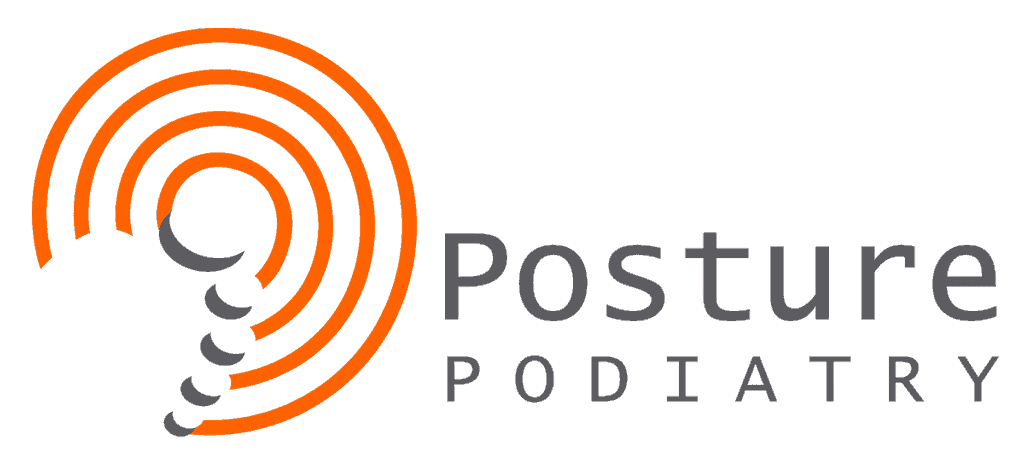

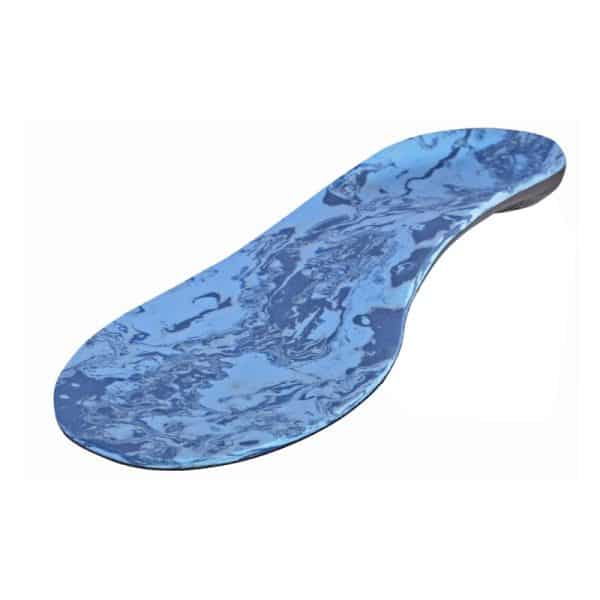 How do foot orthotics work?
How do foot orthotics work?